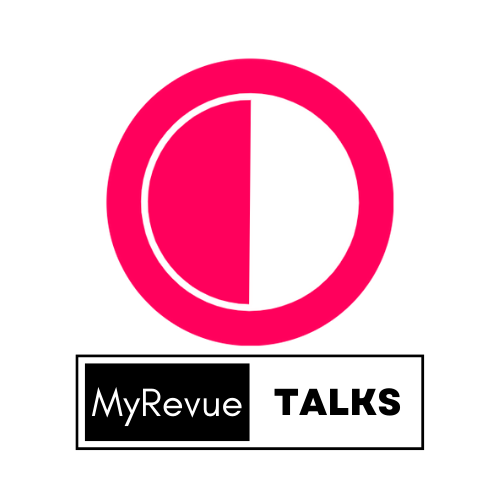User-Generated Content and User-Generated Presentations
(UGC) and user-generated presentations are two related concepts that involve active participation and contributions from users.

Written by Shivangi
Updated on 15/07/2023
<p class="MsoNormal">User-generated content (UGC) and user-generated
presentations are two related concepts that involve active participation and contributions
from users. Let's explore each concept and their relationship:<o:p></o:p></p><p class="MsoNormal"><br></p>
<p class="MsoNormal">User-generated content (UGC): UGC refers to any form of
content created and shared by users rather than being produced by a
professional or official entity. It can include text, images, videos, reviews,
comments, and more. Users voluntarily generate and share UGC on various
platforms, such as social media, blogs, or forums, to express their opinions,
share experiences, and contribute to the overall content landscape.<o:p></o:p></p><p class="MsoNormal"><br></p>
<p class="MsoNormal">User-generated presentations: User-generated presentations
involve users creating and delivering presentations on various topics. These
presentations can be in the form of slideshows, multimedia presentations, or
interactive formats. Users generate the content, design the visuals, and
deliver the presentation to share information, educate others, or present their
ideas.<o:p></o:p></p>
<p class="MsoNormal">The relationship between UGC and user-generated
presentations lies in the fact that user-generated presentations can be a form
of UGC. Here are a few key points about user-generated presentations:<o:p></o:p></p><p class="MsoNormal"><br></p>
<p class="MsoNormal">a) Content creation: User-generated presentations involve
users creating original content to communicate information, ideas, or concepts.
They have the flexibility to structure their presentations based on their
objectives and audience.<o:p></o:p></p><p class="MsoNormal"><br></p>
<p class="MsoNormal">b) Visual design: User-generated presentations require users
to design the visual elements, such as slides, graphics, charts, or multimedia
components. Users can leverage creativity and visual storytelling to enhance the
impact and engagement of their presentations.<o:p></o:p></p><p class="MsoNormal"><br></p>
<p class="MsoNormal">c) Knowledge sharing: User-generated presentations serve as
a means for users to share their knowledge, insights, or experiences with
others. They can educate, inform, or inspire their audience through the content
and delivery of their presentations.<o:p></o:p></p><p class="MsoNormal"><br></p>
<p class="MsoNormal">d) Collaboration and feedback: Users may collaborate with
others or seek feedback on their presentations to improve their content and
delivery. This fosters an interactive and iterative process, allowing users to
refine their presentations based on the input received.<o:p></o:p></p><p class="MsoNormal"><br></p>
<p class="MsoNormal">User-generated presentations offer an avenue for users to
actively contribute their expertise, ideas, or perspectives through engaging
and informative presentations. They can be used in various contexts, such as
educational settings, professional environments, or personal projects.<o:p></o:p></p>
<p class="MsoNormal">It's important for users creating user-generated
presentations to consider the needs and interests of their audience, ensure
clarity and coherence in their content, and deliver their presentations
effectively. Utilizing appropriate presentation tools or platforms can enhance
the visual design and delivery of user-generated presentations.<o:p></o:p></p><p class="MsoNormal"><br></p>
<p class="MsoNormal">In summary, user-generated presentations involve users
creating and delivering presentations to share information, ideas, or
experiences. They provide a platform for users to actively contribute their
knowledge and expertise, and they can be a form of UGC within the broader
content landscape.<o:p></o:p></p>
<p class="MsoNormal"><o:p> </o:p></p>
